Our Alumni’s works in


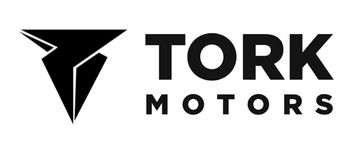
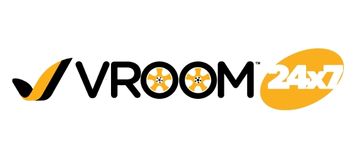


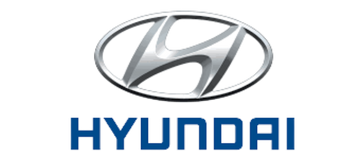

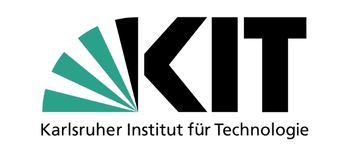









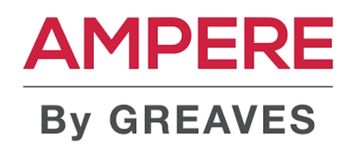



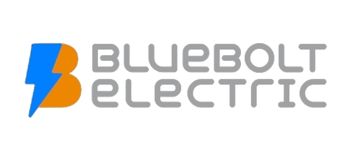

Motor controller is a device that improves the performance of an electric motor in a prearranged manner. Motor controllers can include an automatic or manual means for starting/stopping the motor, choosing forward/reverse rotation, selecting and controlling the speed, modifying or limiting the torque, and shielding against faults and overloads.
























Programs Accredited by Govt. Bodies
Motor controller is a device that improves the performance of an electric motor in a prearranged manner. Motor controllers can include an automatic or manual means for starting/stopping the motor, choosing forward/reverse rotation, selecting and controlling the speed, modifying or limiting the torque, and shielding against faults and overloads. The major constituents of electric vehicle systems are the motor, power supply, controller, drive train and a charger. An EVM controller or electric vehicle motor controller is a machine that is employed to regulate the torque generated by the motors of electric vehicles by means of modifying the energy flow from the power sources to the motor.




No 06-01 Jalan Padan Ria 4, Pusat Perdagangan Padan, 81100 Johar Bahru

DIYguru, Vroom Services Limited, Level 6, Plot 10, Road 12, Block F, Niketan, Gulshan, Dhaka 1212.

DIYguru, Abhiyantriki Karmashala Pvt. Ltd. ward No. 06, Dadhikot, Suryabinayak, Bhaktapur, Nepal
Learners from 170+ countries have grown in their career through our programs
Spend less time worrying about job availability, and more time growing your knowledge. Join DIYguru Program today.
If you’re a current student, please get in touch through the DIYguru dashboard to ask about more details of this Program.
Please note, eligibility for DIYguru course is reserved to students who have done related projects and have relevant profiles matching with the pre-requisite of this course.
Our 7-day money-back guarantee starts from the moment of signup and runs through the free week. Cancellations between days 7 and 30 will get a prorated refund.
Fees for the program is charged only when the admission is approved.

DIYguru is India’s largest Hardware Enabled upskilling platform for learners benefiting more than 85,000+ DIY enthusiasts across 400+ institutions through online courses and DIY KITS, imparting hands-on training to acquire industry relevant skills.
374, MG Road, South Delhi,
New Delhi (IN)- 110030

Copyright © 2014-22 | DIYguru Education & Research Pvt. Ltd. All rights reserved.